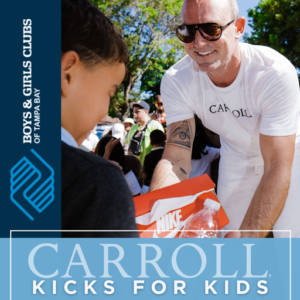Education in California is making strides. As administrators, districts, and policymakers continue to find new ways to support student success, educators are always on the lookout for ways to help individual students in the classroom. While what works for one student or classroom may not work for another, there are a good handful of sound strategies which — when practiced and reinforced in the classroom — can help students do their best work and achieve their highest potential. Here are a few of those strategies.
Clarify Expectations
The burden of spelling out clear expectations for assignments, behavior, and overall effort is up to individual educators. Students should never be left questioning what it expected. Clear explanations and consistent communication is key, but so is an environment where questions are welcomed and actively solicited by the teacher. Student success may depend on it.
Pay Attention to Detail
Teachers need to exercise attention to detail when delivering instructions, grading assignments, and perceiving student needs. Detailed grading and feedback will help students pay more attention to details when listening or checking their own work. Encourage students to think deeper about the details, and you’ll have better student success.
Take Breaks
Your students’ attention spans may depend on their age and a lot of other factors. But even for you, there is great value in taking short breaks whenever you see the need. Changing direction, stretching, or playing a quick game can help both you and your students refocus and perform better.
Manage Your Time
In both the classroom setting or independent study, time management is essential to staying on schedule and getting things done on time. Set the tone for students by talking about your classroom’s schedule. Set their expectations for how long they have for a certain task. Encourage students to estimate how long they believe an assignment or task should take, and then track the actual time they spent on it. This will help their time estimates become more accurate, leading to better time management and student success both in class and at home.
Develop Relationships
Building relationships with your students takes time and effort, but is imperative in learning how to motivate each one of them on a personal level. What works for one student might be counterproductive for another. As you learn each student’s personality, let them see yours. Learn about their lives and take an interest in what they are doing outside of school. When students feel a positive student-teacher connection, they are more likely to take your advice and motivation seriously.
Establish a Growth Mindset
As a community of learners and as individuals, students are more likely to succeed when you help them establish a growth mindset, rather than a fixed one. A fixed mindset sponsors the belief that everyone is born with certain talents or abilities that don’t really change. But a growth mindset empowers the learner with the belief that his or her abilities and talents can be improved and cultivated by their own efforts, allowing them to grow. When students believe growth is possible, they will work harder to achieve it.
The level of success students achieve depends heavily on employing effective teachers that present the material well. The effectiveness of teachers in the classroom — and education in California overall — can be enhanced with the right tools and training. Implement these fundamental practices for student success and you’ll see improved student confidence, engagement, attitude, and study skills.



